• Cole Kmet: 4 receptions, 74 yards, 2 touchdowns
• Amon-Ra St. Brown: 10 receptions, 119 yards, 1 carry, 2 rushing yards
PFF's fantasy football recap focuses on player usage and stats, breaking down all the vital information you need to achieve fantasy success in 2022.
Jump to another recap:
SEA@TB | DET@CHI | CLE@MIA | DEN@TEN
MIN@BUF | HOU@NYG | JAX@KC | NO@PIT
IND@LVR | DAL@GB | ARZ@LAR | LAC@SF

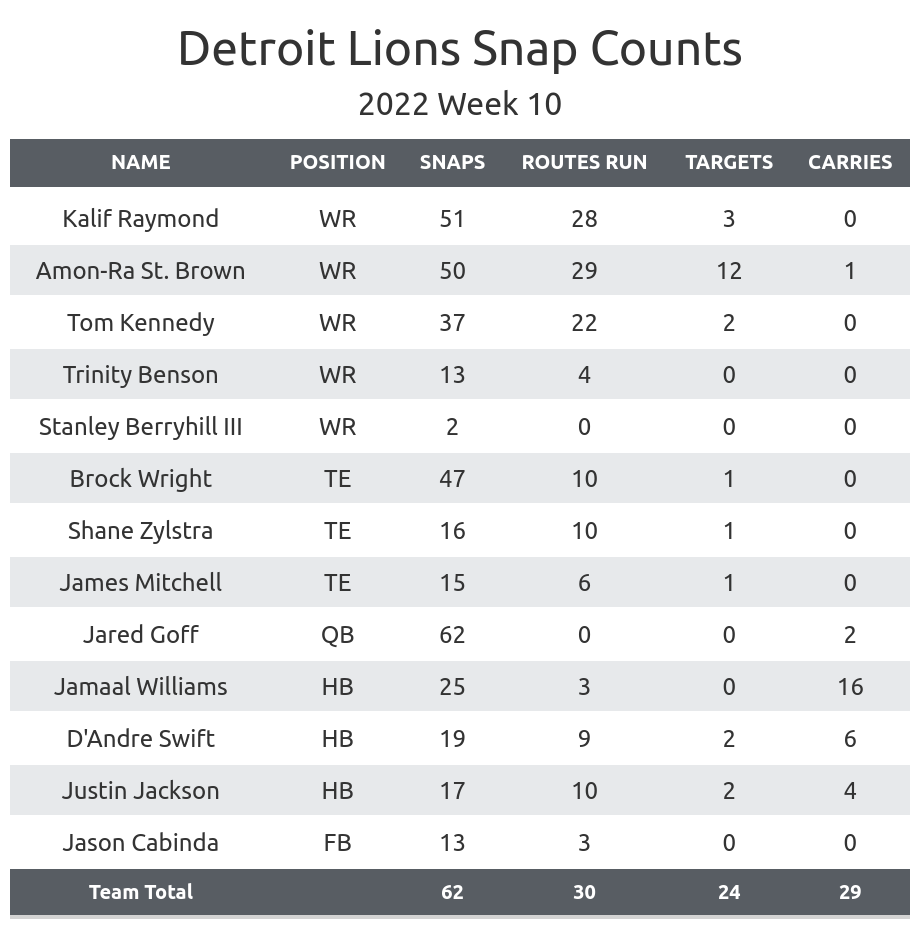
Monitor Khalil Herbert’s injury: Herbert injured his hip against the Lions and was quickly ruled out.
- David Montgomery took the first two drives and Herbert took the third. This is the same way Chicago has started every game this season when both were healthy.
- Montgomery ran more routes, but Herbert ran the ball more over the rest of the game, which is also something that’s become more common for Chicago in recent weeks.
- Montgomery took every snap at halfback after the Herbert injury.
- Montgomery would be the main person to see his fantasy value benefit if this injury is serious. He was playing over 75% of offensive snaps in his peak this season as well as last season. This slight increase in snaps would specifically be more carries.

Byron Pringle‘s return: Pringle was activated off injured reserve and joined the Bears’ crowded wide receiver room.
- Pringle was injured for most of the offseason. He saw limited playing time in Week 1 and increased playing time in Week 2.
- Pringle started in Week 3 but suffered a calf injury after two plays, leaving him on injured reserve.
- This left both N’Keal Harry and Velus Jones Jr. as healthy inactives in Week 10.
- Darnell Mooney remained the clear top receiver as well as the clear slot receiver.
- Pringle was one of four players rotating on the outside.
- This most notably hurt Chase Claypool. The Bears traded a second-round pick for Claypool, but his percentage of offensive snaps declined rather than increased in his second game with the team.
- It could be OK to drop Claypool at this point due to his limited snaps in a limited passing offense. His playing time could increase some, but even that might not be enough to trust him in a starting lineup.
- The Bears have the second-most difficult schedule for wide receivers over the rest of the season.
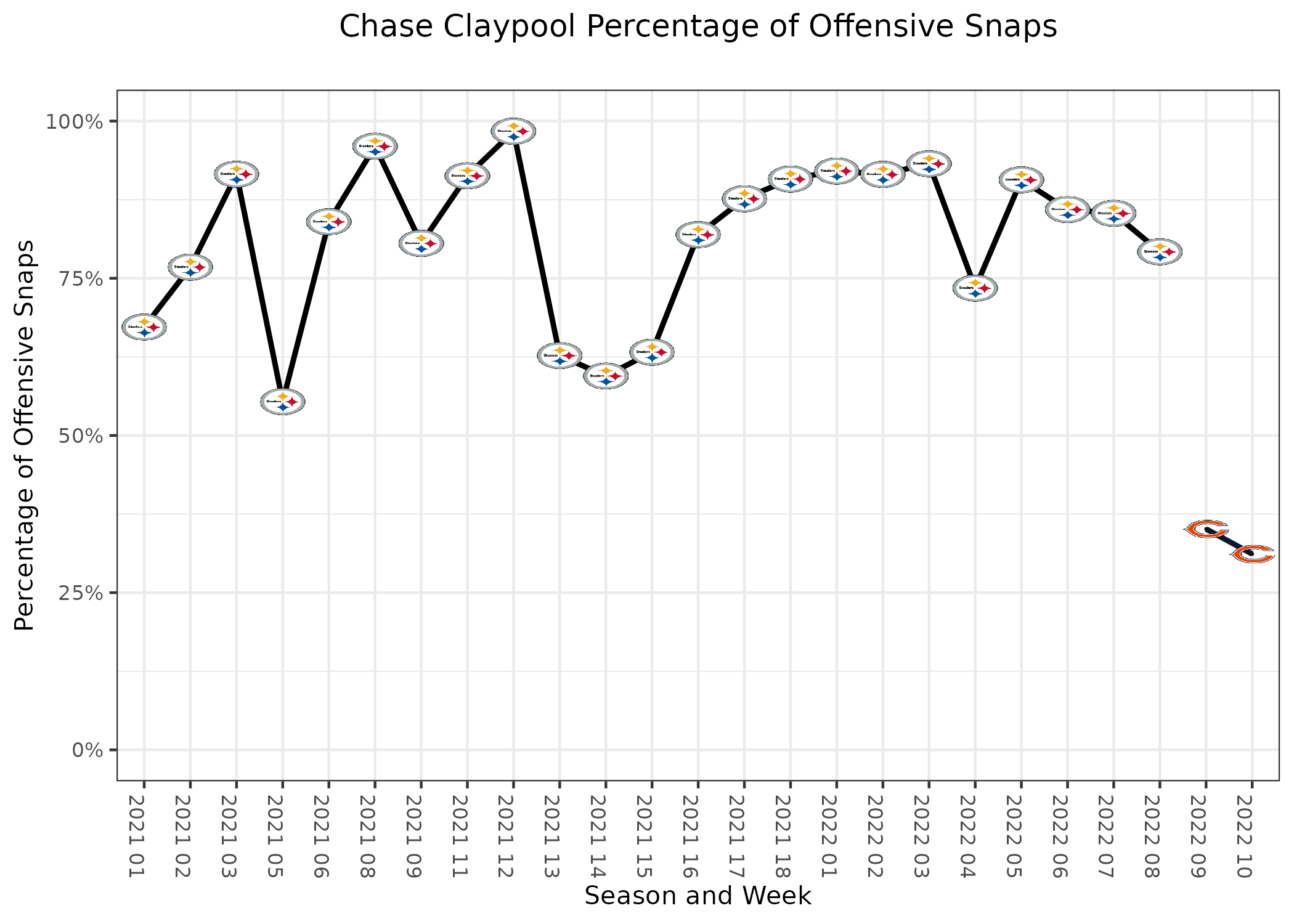
Add Cole Kmet: Kmet has scored five touchdowns in the past three weeks, which ties him for the second-most scores by a tight end this season despite not finding the endzone in the first seven weeks.
- Kmet’s playing time has remained among the best for tight ends in the league this season.
- His problem has been a low target share in an offense that doesn’t like to pass.
- His targets per route run rate has increased to 26% over the past two weeks after sitting at 10.6% over the first eight weeks.
- It’s more likely than not that Kmet regresses going forward, continuing to see not enough targets and a rare touchdown. It’s worth adding him just in case this is the start of his breakout.
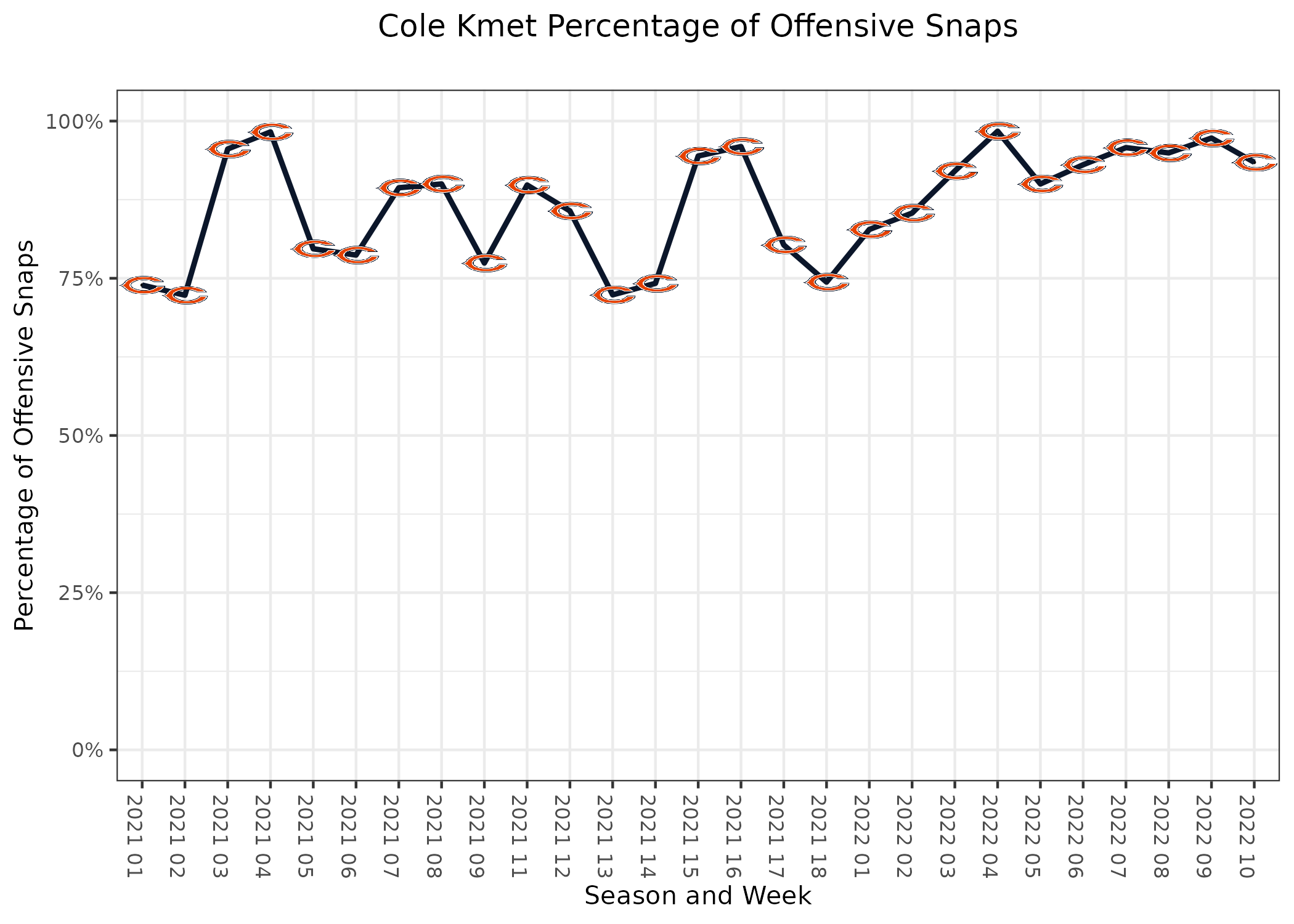
D’Andre Swift remains limited: Swift was a full participant in practice by Friday but still didn’t see as much playing time as we’re used to.
- Jamaal Williams remained in his usual role as the Lions’ lead rusher, gaining 59 yards on 16 carries and scoring a touchdown.
- Swift saw his most carries since September but averaged just one yard per carry. He still rewarded fantasy managers who took a gamble on him by scoring a nine-yard touchdown.
- Craig Reynolds landed on injured reserve earlier in the week, allowing Justin Jackson to take the role as the Lions’ third running back.
- Jackson ended up running more routes than Swift.
- We can expect Swift to take snaps from Jackson going forward, but he might not overtake Williams as the primary rusher at any point this season.
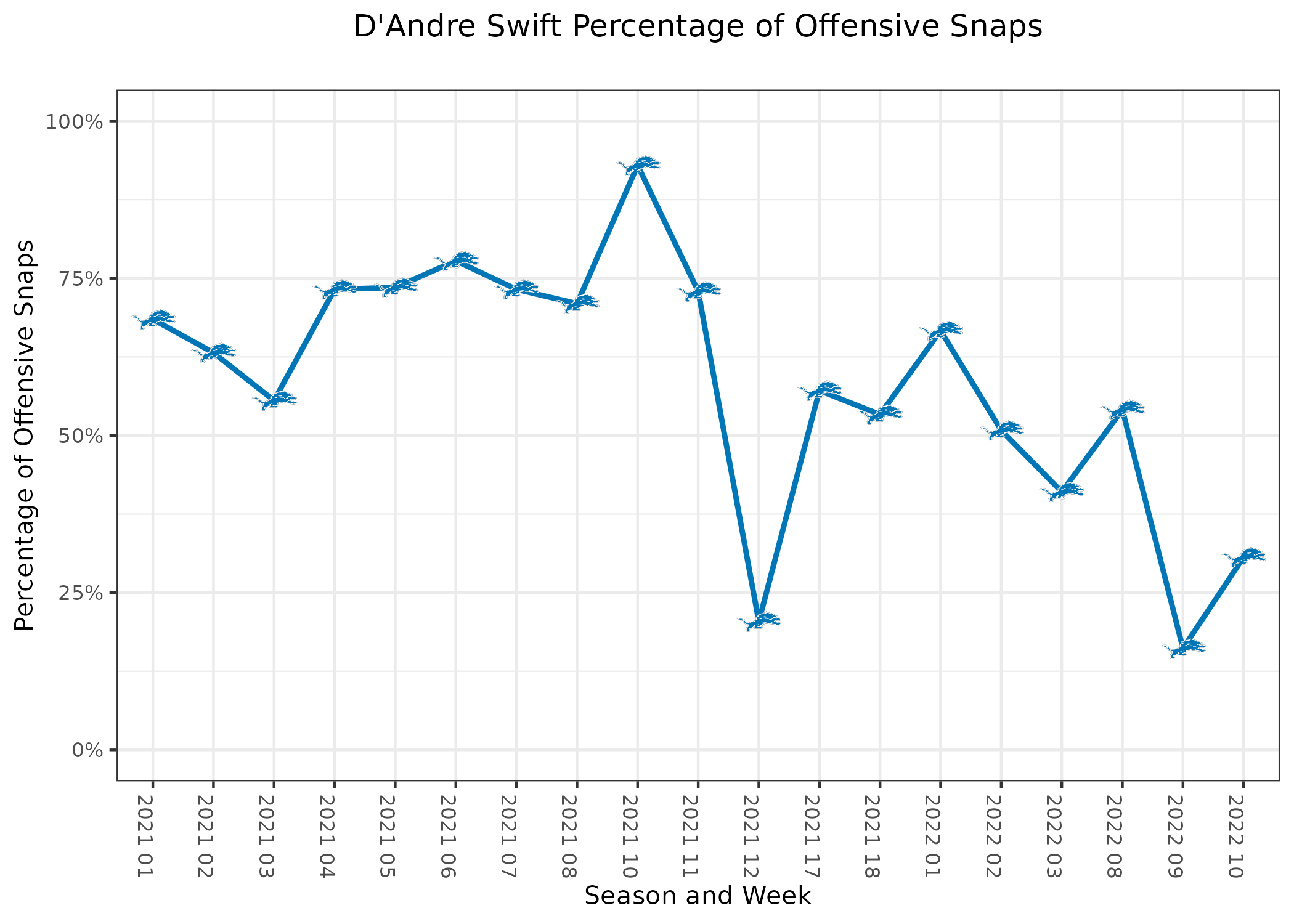
Table Notes
• Snaps include plays called back due to penalties, including offensive holding or defensive pass interference. The other three stats have these plays removed.
• Targets may differ from official NFL sources. The most likely discrepancy would be from a clear thrown-away pass, where the NFL may give the target to the nearest receiver, while this data will not.
• Carries are only on designed plays. Quarterback scrambles won’t count for the total number of carries in the game.
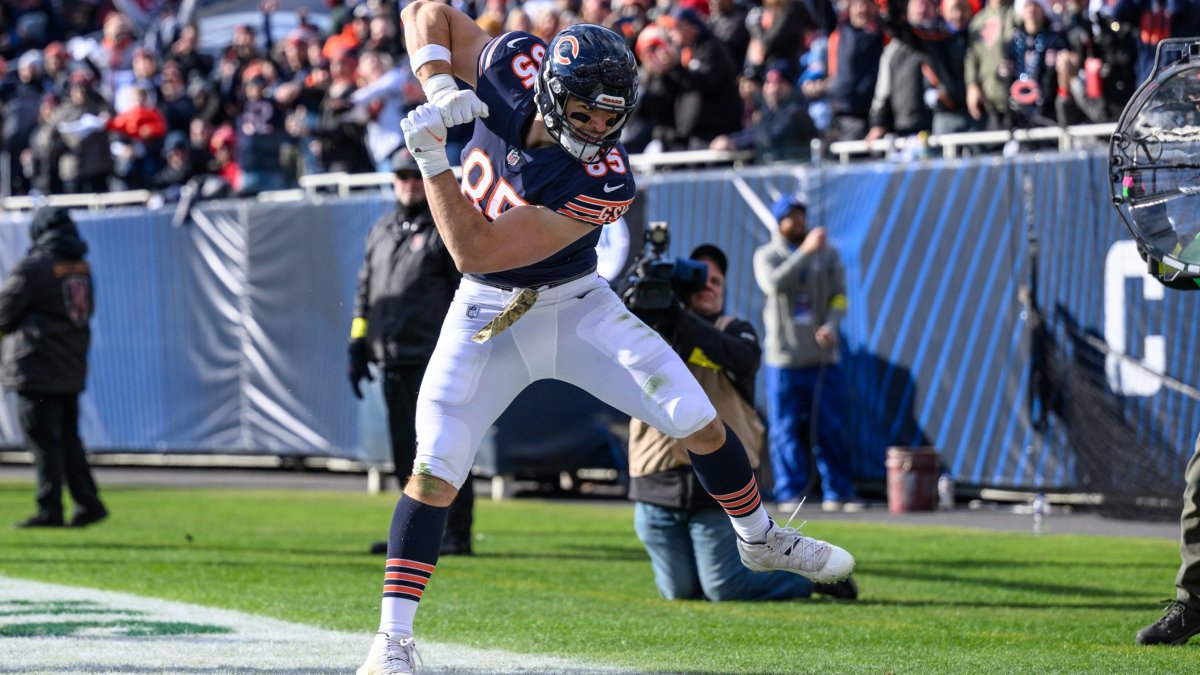



 © 2024 PFF - all rights reserved.
© 2024 PFF - all rights reserved.